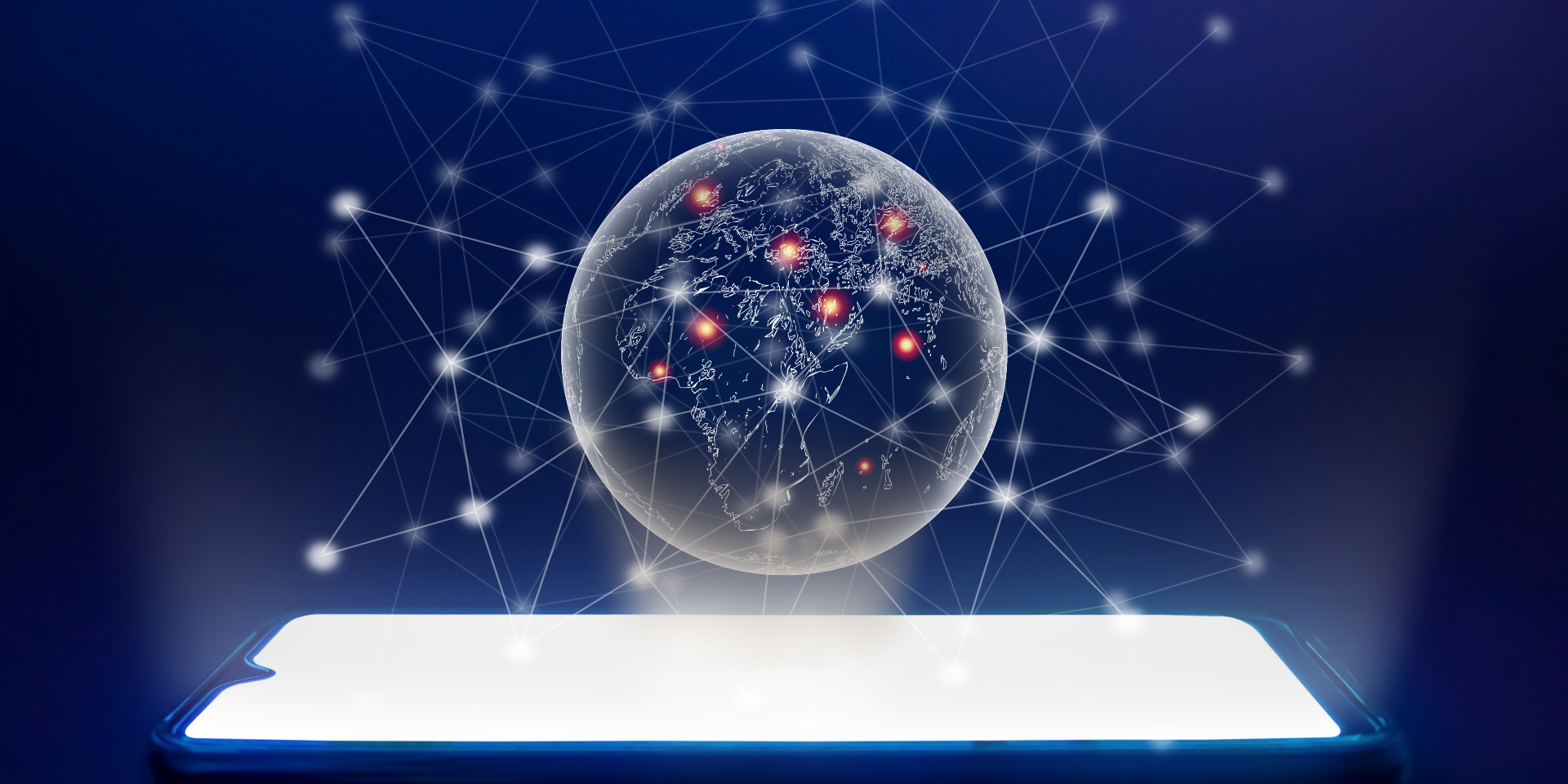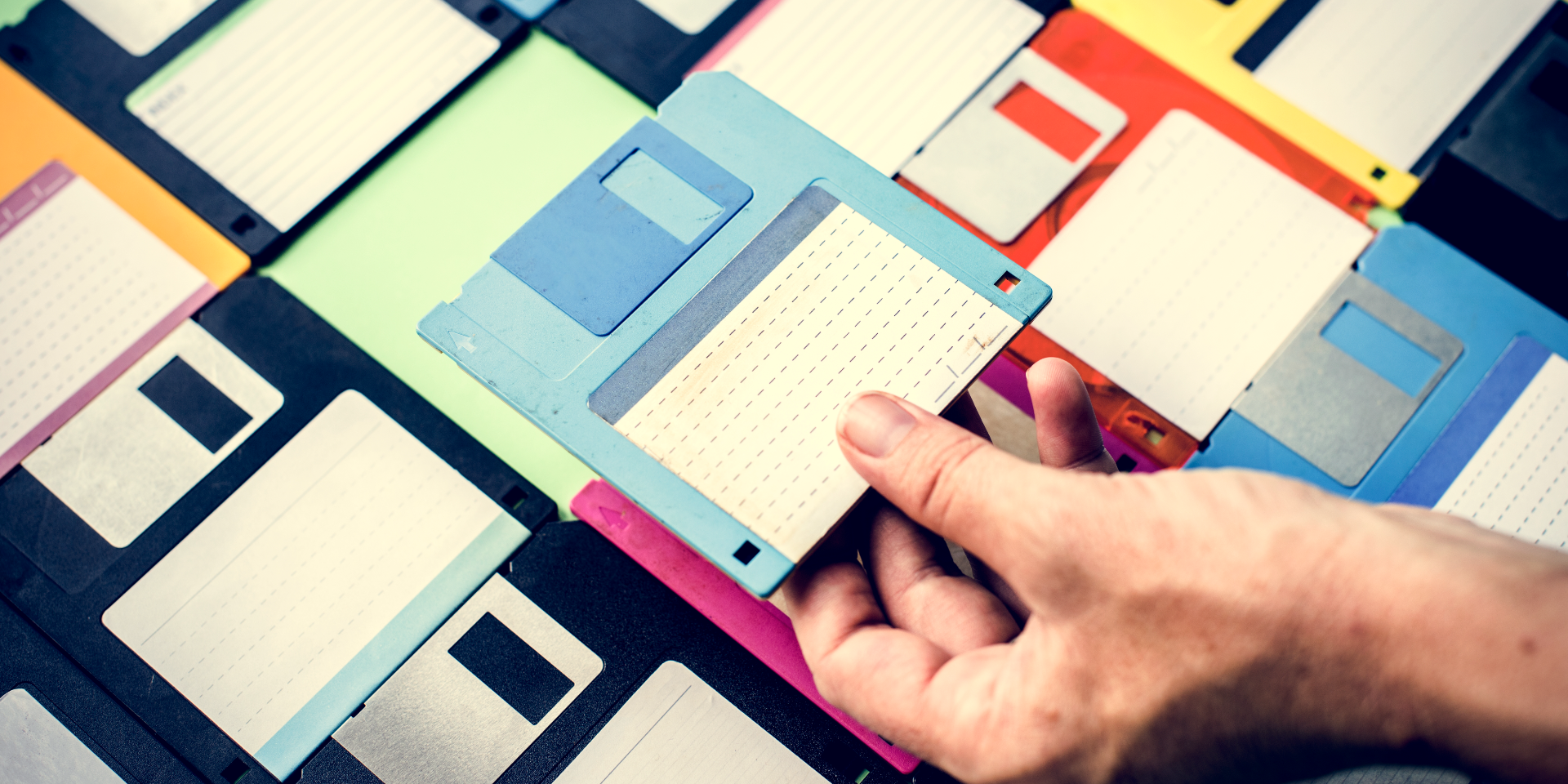
And One Day, Software Came in to Make Our Lives Easier...
And One Day, Software Came in to Make Our Lives Easier...
If all of a sudden, software disappeared from our lives, they would end dramatically. Nowadays software is almost the base for every single technology we use on a daily basis, all of those electronic devices we've kept incorporating over the years.

To simply define it, software is an ensemble of programs and routines that allow a computer to carry out certain tasks, that is, the software is the translator between the languages used by a machine and those used by human beings.
While computers started taking their place in our homes, the industry saw the need to provide a software that made the use of personal computers easier, and that's when operating systems like MS-DOS started being marketed, used by the very first IBM computers.
Can machines actually think?
If we had to define a father and a mother for computing, they would be without a doubt Alan Turing and Ada Lovelace, time differences aside. Both of them are considered computing and modern IT pioneers, which is why we will focus on them on a future article with more information about them in depth.
If we talk about programming, there's a name that calls for attention over the rest and that is Augusta Ada King, Countess of Lovelace, British mathematician, computing engineer and writer. She's considered the first programmer in history. She had a genious brain, and Lovelace was way ahead of her time and posed the question of machines being able to think, carrying out tasks beyond those of basic calculation, something that we now know as Artificial Intelligence.
A couple years later, it was Turing who took that approach about machines being able to think. The British posed the challenge of machines having the same capacities as those of the human brain. Now we're in 1950 and the first steps towards artificial intelligence are taken with the Computering Machinering and Intelligence study, where Turing set the basis for Artificial Intelligence and proposed a type of test, the Turing test, to determine whether a machine is intelligent or not. From then on, computing took an increasingly important role.
The big leap
The 50's were almost over when the term "software" was used for the first time, particularly it was John W. Tukey who, in 1957, defined it as "the ensemble of computing programs, procedures, rules, documentation and associated data that make up the operations of a computing system”.
As computers came into our homes, the industry saw the need to provide a software that would make using personal computers easier and that was how software started being marketed, such as it was the case of MS-DOS, used by the first IBM computers.
Just like that, a whole new revolution started and many terms like multi task system, multi user, multi processors, etc. became popular. Throughout that decade, UNIX came out, an operating system that would become the basis for its successors. The 70s bore witness to the spike of personal computers that would experience an exponential boost in the 80s and 90s after systems like Windows, in proprietary format, and Linux, in open source format, became available.
Talking about Windows means talking about the most popular, known and used operating system over the world. Created by Microsoft, better known as the software giant, it came out in 1985, with a pretty basic version and a little bit rudimentary, but it started growing and improving with each update, getting into the homes of millons of people.
Linux on the other hand appeared a few years later, in 1991, although it had been a few years in development. This model spreading out, particularly in the last few years, is more than outstanding, thanks to the developers that left their marks on it.
Half a century of development
Software history can bed ivided and summed up in serveral eras, like the following ones:
- Until 1950 : The basis was set by people like Ada Lovelace and Alan Turing as pioneers.
- From 1950 to 1970: During this period, software became essential for developing devices or machines rather than just being a theoretical concept. At that time, programing languages such as Cobol and Fortran were used.
- From 1980 to 1990: HTML language appeared thanks to WWW becoming widespread.
- 90s: Programing language development keeps on growing and PHP appeared first, and Mocha did so too, later on it would become JavaScript.
- From the 2000s: Software development takes bigger steps, smartphones appeared and technologies such as AI, etc. become popular.
In time, software complexity has kept on growing, mostly influenced by the implications of hardware too. Hard drives, Cd-Rom, DVD and the Internet today have worked as a basis to insall software on computers.

Proprietary and open source
When selecting a software model, you may choose between the proprietary (or private model) or free software.
As for common users, proprietary software is the most extended one, although it limits usage possibilities, unlike free software, where there is plenty of freedom of usage and modification. Unlike what happens in free software, where there's plenty of freedom to use the software, distribute it and modify it (as long as it is done for its adaptation and improvement).
The most extended system at international level, Windows, is a proprietary or private software model that comes installed by default when we buy a computer. On the other hand, y in the free software system, the most well-known model is Linux. We should highlight that it usually requires basic knowledge, which most of the users don't have, that's why proprietary software is more popular.
How many software types are there?
This IT concept is divided into the following categories:
- System software: It is the ensemble of elements that allow to maintain the system as a whole (operating systems, servers, diagnostic tools, etc).
- Programing software: It is a series of tools and features that allow developers to implement IT programs through different programing languages.
- Application software: In this case we talk about IT programs whose purpose is making tasks easier for users.
- Malicious software: Here we talk about a computing system that is created for illegal purposes to obtain confidential information or damage systems.
These might interest you...





